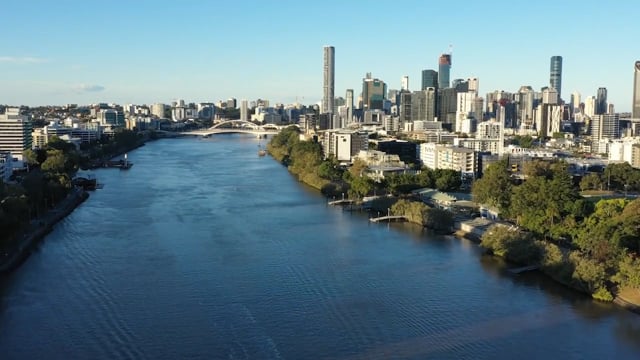We speak to Carl Jones, the Head of Aviation Development at Brisbane Airport, about the state of the industry… and how the travel bubble with New Zealand was set up in just two weeks.
The recovery of domestic air travel in Australia is continuing, with bookings only 30 per cent off pre-pandemic numbers. That was one of the messages from Carl Jones, the Head of Aviation Development at Brisbane Airport, as we spoke to him about how the country is bouncing back from Covid in the video above.
“Consumers are making bookings – there is clearly a demand,” Jones told Air International. “Domestically, we’re seeing a strong interest, and the travel bubble with New Zealand has just opened up – we’re already seeing the numbers there.”
Australia, like the United States, is partly aided by geographical circumstance: the country’s size means that air travel is a necessity, and Jones revealed that the domestic recovery was being fuelled by leisure travel. “From our perspective here, it’s people from Brisbane or people from Sydney or Melbourne flying through Brisbane, going to places like Cairns and Hamilton Island,” he said. “These are the traditional, popular leisure destinations in Australia.”
Brisbane Airport, like all others, has had its fair share of logistics to arrange in order to accommodate the increase in passenger activity. “There have been the processes – for instance, to allow the travel between Australia and New Zealand we have divided our terminal into red and green zones,” revealed Jones. “There has also been a lot of new technology. Whether that’s new cameras or implementing the cleaning of trays, without those things in place it really slows the process and limits the amount of passengers that can pass through the terminal.”
Jones admits, though, that much of the technology is driven by government demand. “Clarity from government and leadership will determine which technologies are the ones that are fast-tracked and which ones are the nice-to-haves,” he explained. “When the government provides the clarity and the frameworks, whether that’s around testing or the needs for travel passes, that’s where we, the airports, stand ready to put those things in place. There is work being done in that space to make sure we’re ready for whatever global processes are needed to facilitate international travellers.”



